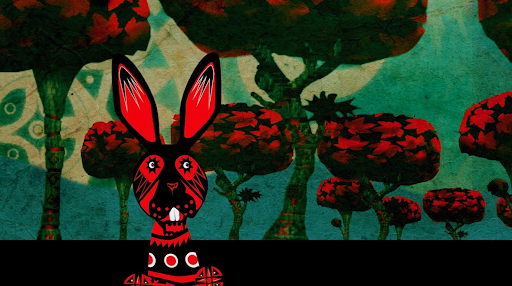By Juan G. Sánchez Martínez
If you prefer to read as PDF, please click HERE
At the turn of the century, animation was not the first option for Indigenous artists. Actually, when Joseph ᎧᎾᏘ Erb (Cherokee Nation) drove from Oklahoma to Philadelphia to do his Graduate Studies in Fine Arts at the University of Pennsylvania, he wanted to be trained in sculpture. However, some days before he arrived, there was an accident in one of the sculpture studios, and the program he was interested in was all but canceled. Since he did not not know exactly what to do, some professors motivated him to go into animation. While learning this new art, someone asked him: “Why don’t you try Cherokee stories?” This was in the early 2000´s, and that question opened a door through which Joseph Erb has refined his aesthetics and traditional narratives, elevating Indigenous animation to a new level. “The Beginning They Told / ᏗᏓᎴᏂᏍᎬ ᎤᏂᏃᎮᏓ” was the first Cherokee animation in Tsalagi, the Cherokee language. Since its production, Joseph Erb has expanded the use of Cherokee language in technology, cinema and education. Currently, he teaches at the University of Missouri Digital Storytelling and Animation.
In “The Beginning They Told / ᏗᏓᎴᏂᏍᎬ ᎤᏂᏃᎮᏓ”, Grandpa Beaver, Little Water Beetle, and the Great Buzzard work together somehow to create what today we call the Appalachian and Rocky Mountains. It is not just the use of Tsalagi and the syllabary that makes this short animated movie Cherokee, but also the way the elder-ones talk respectfully with each other, and are comfortable with their long silences. Furthermore, small pieces of a complex cosmology are shared in these stories such as the relevance of the numbers 4 and 7, or references to specific places where the community gathers medicines. As Erb explains, not all audiences pay attention to these details, and Indigenous animation is sometimes classified as “fiction” or “myth” in film festivals. Nevertheless, Erb prefers to call his art “traditional narratives”, because –as the animation title above suggests– these stories are still being told, believed, and followed by some members of the community. These short animations are not about supernatural beings, but contemporary representations of stories –which have many versions– that teach how to walk in “the proper way” (Duyuktv.)
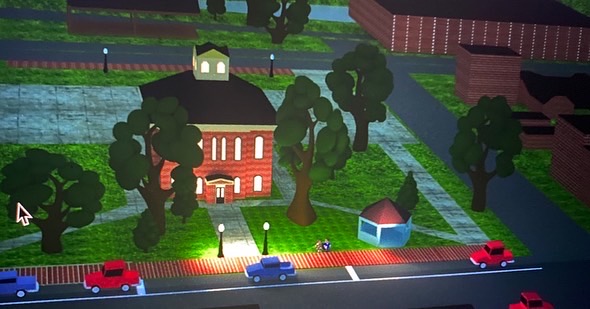
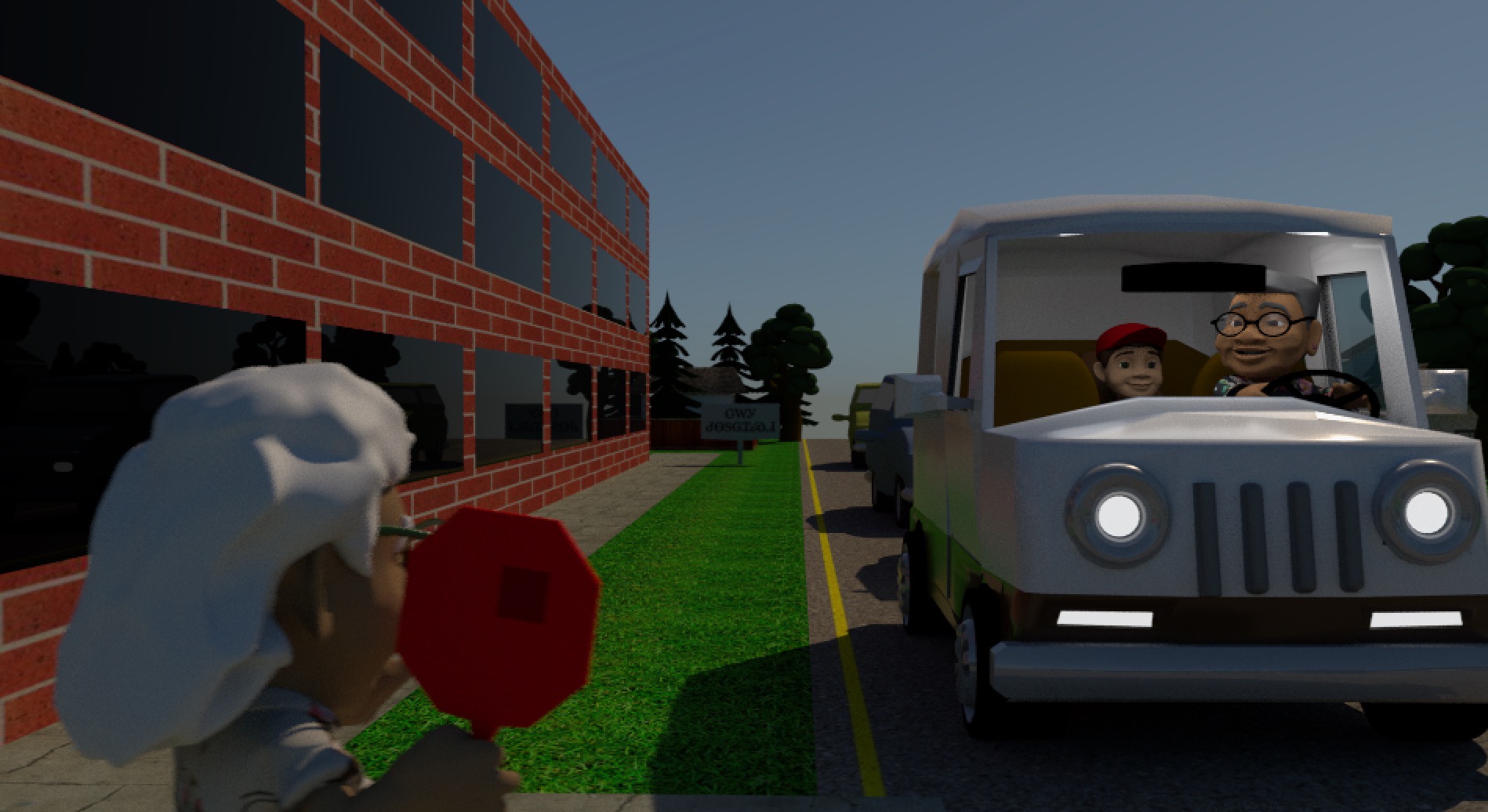
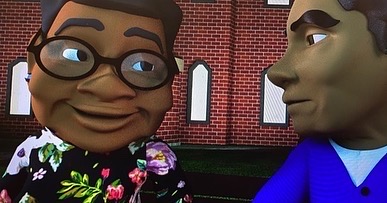
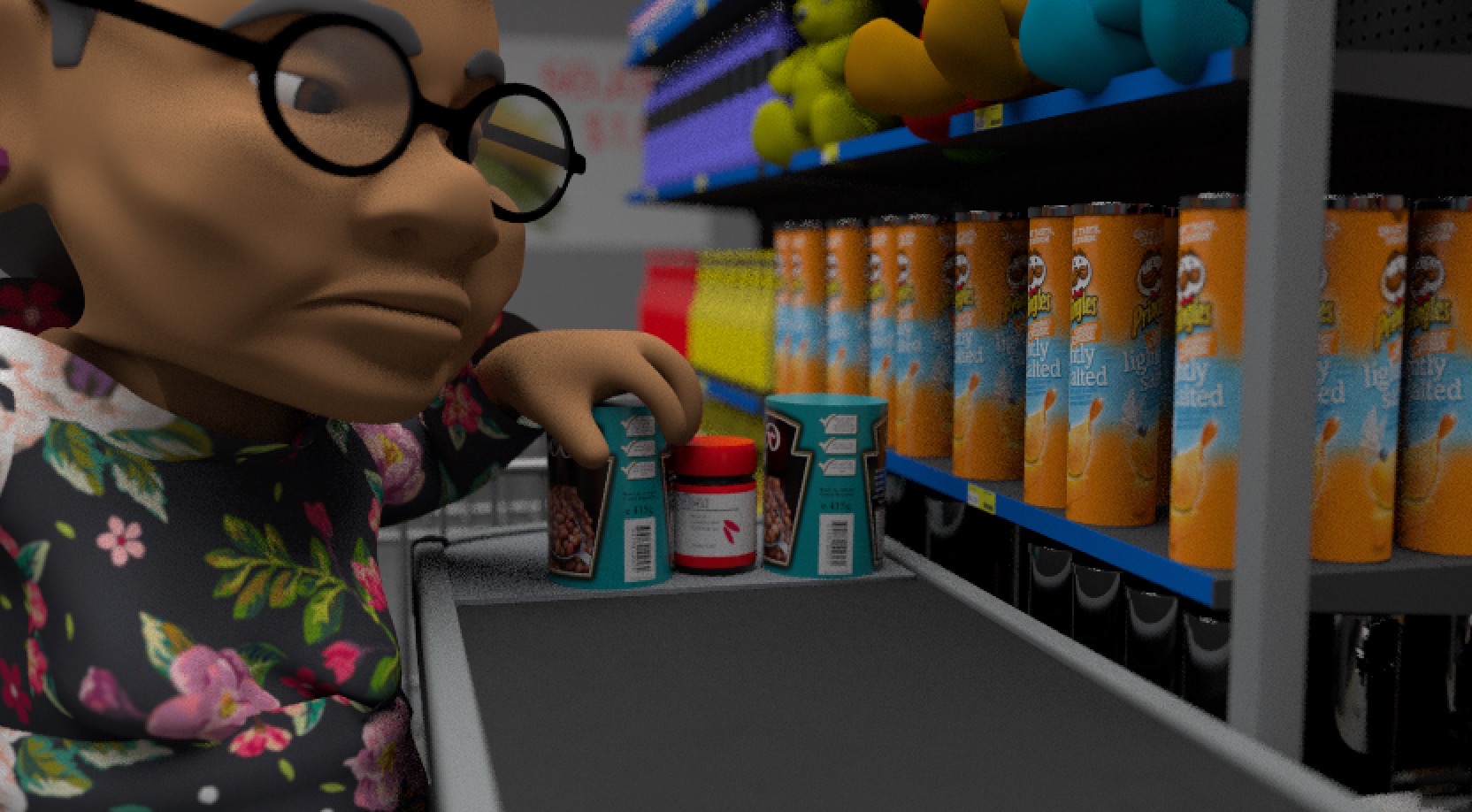
When you ask Joseph Erb about the challenges of doing what he does, he has plenty of stories to explain. Indigenous animation is not just about designs and aesthetics, but also about having the right tools, resources and technology. For instance, the software, app, or program being used needs to offer the syllabary keyboard and include the appropriate fonts to represent the language. This special consideration requires establishing relationships with big companies such as Google, Apple or Microsoft. Once you finally have the technology, you would never imagine that the syllabary font has to be approved at some point by the tribe, because the digital version is a different one than the 1820’s type that some elders are accustomed to. Now, after all of those negotiations –extra work– with both tech companies and the tribe, imagine that the moment to share your work has arrived. If the animation’s voice over is in Tsalagi (the Cherokee language), then you hope the non-Tsalagi-speakers will engage with the version with English subtitles, which is not something that some audiences enjoy. At these crossroads, Erb’s art finds the proper way to represent Cherokee narratives between codes, channels, and audiences. As Erb told me, elders who he worked with in “The Beginning They Told / ᏗᏓᎴᏂᏍᎬ ᎤᏂᏃᎮᏓ” were really excited about the possibility of seeing the Great Buzzard represented for the first time in this code. “A couple of elders made me actually animate it”, said Erb laughing.
The first animation that I encountered by Joseph Erb was “Mini Wiconi / Water is Life”, an artivist piece dedicated to the protectors of water at Standing Rock Sioux Nation. As voice over, Standing Rock Chief David Archambault II guides the animation with a clear message. Black uniforms over a red horizon in which fences disrupt the land are juxtaposed with black and red buffalo running free through the great prairies. How can an artist adequately represent the fact that 31 million buffalo were slaughtered at some point as a settler-colonial stratagem? Mountains of buffalo skulls in white fill the screen so the snake/train –a metaphor for progress and extractivism throughout Abiayala– can cross. Instead of the rhythm of buffalo’s hooves on the land, we suddenly can hear only bulldozers. Led by women, all types of peoples, all nations will always protect water for future generations. No Dakota Access Pipeline.
When I asked Erb about his vision for the future of Indigenous animation and game design, he was excited about the possibilities for indigenizing “narrative structures” with those unique flavors that place and community can add to creativity. “A place-based robust aesthetics” is Joseph Erb’s advice for younger Indigenous designers. One of his latest projects is Trickster, an app-video game in which the player drives the journey of a young person who is rescuing words in Tsalagi within a forest. While the player enjoys the obstacles and visuals (i.e. tree bark tattooed with Mississippian designs, or the underworld patterned as a basket), everytime he hits a word, they are able to listen one of the beautiful languages of one of the first peoples of the Appalachian mountains, the Cherokee.
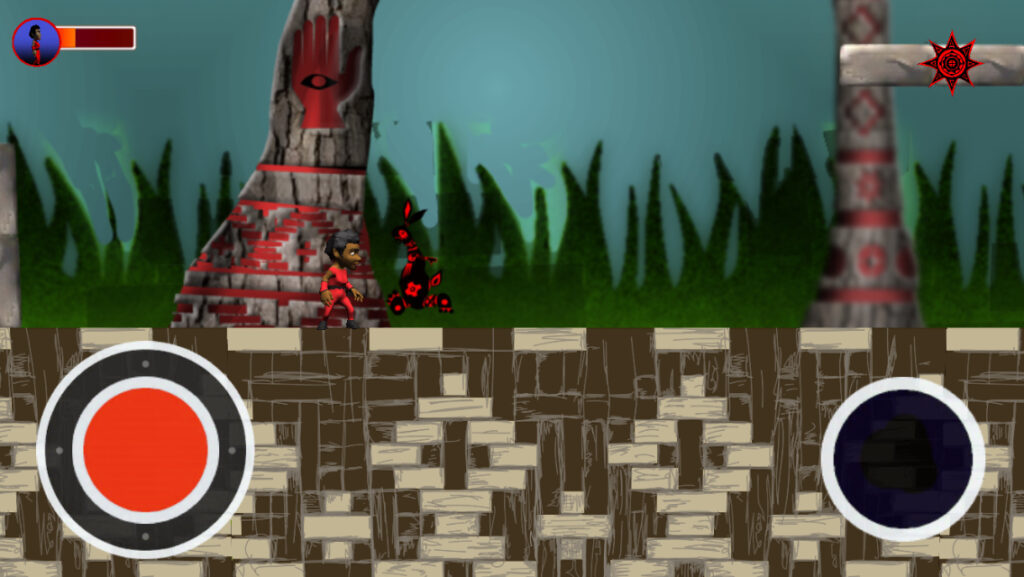
More about Indigenous animation and Joseph Erb
- Joseph Erb’s website
- “Thumb Talking and the Art of Speaking Cherokee: Joseph Erb”, by Heather Ahtone. Dreamcatcher 43.
- “People are finally listening”- Indigenous Animation Rises Up, by Chris Robinson for Culture Days, 2020.
About Juan G. Sánchez Martínez
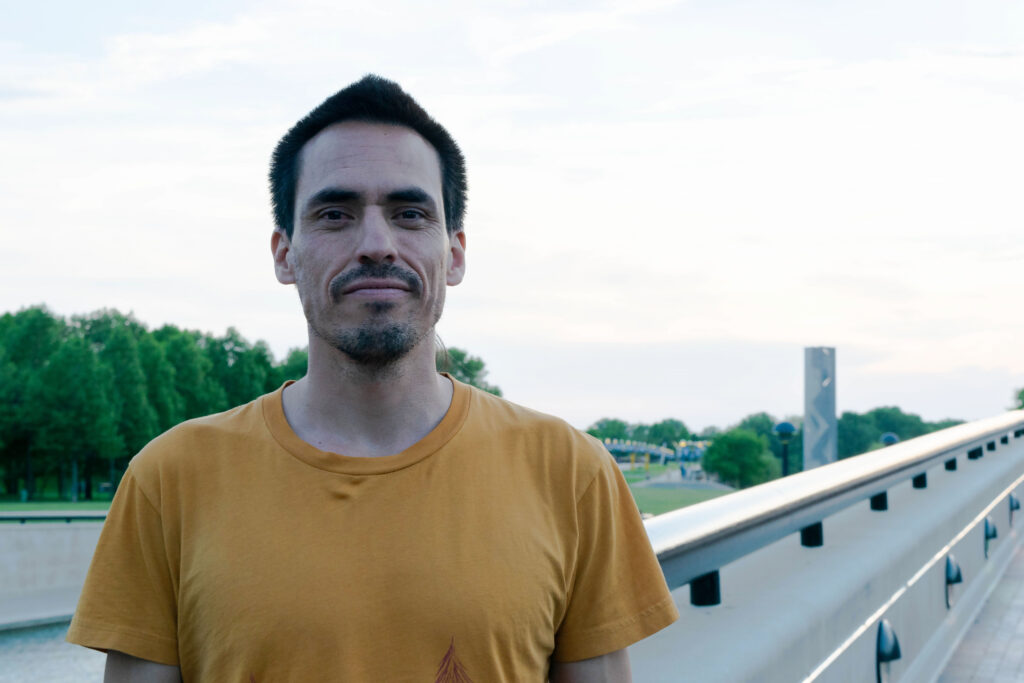
He grew up in Bakatá/Bogotá, Colombian Andes. He dedicates both his creative and scholarly writing to indigenous cultural expressions from Abiayala (the Americas.) His book of poetry, Altamar, was awarded in 2016 with the National Prize Universidad de Antioquia, Colombia. He coordinates Siwar Mayu, A River of Hummingbirds. Recent work: Bejuco (2021), Muyurina y el presente profundo (Pakarina/Hawansuyo, 2019); and Cinema, Literature and Art Against Extractivism in Latin America. Dialogo 22.1 (DePaul University, 2019.) He is currently Associate Professor of Languages and Literatures, and Native American and Indigenous Studies at the University of North Carolina Asheville.

